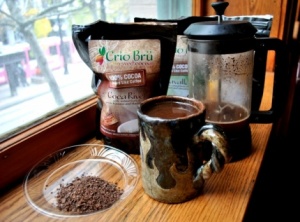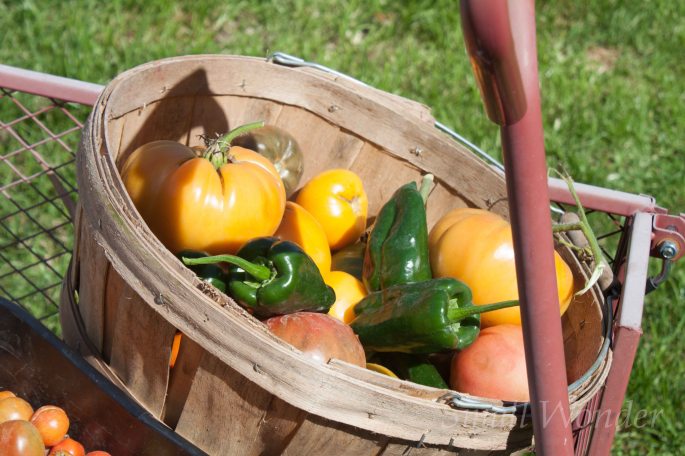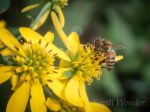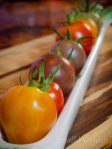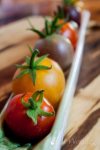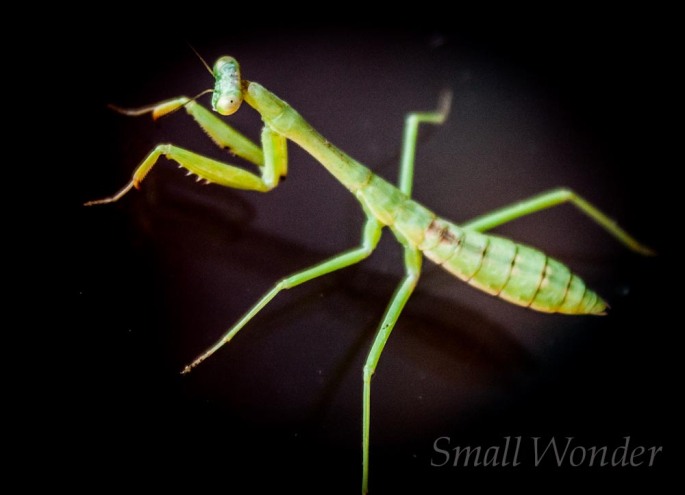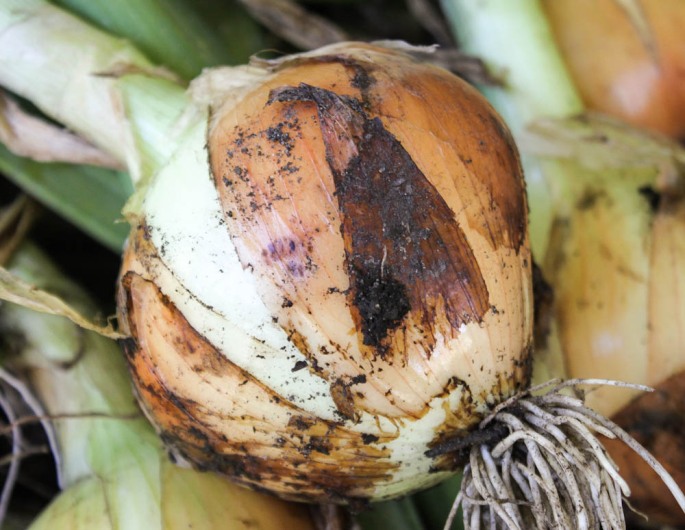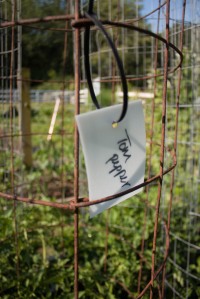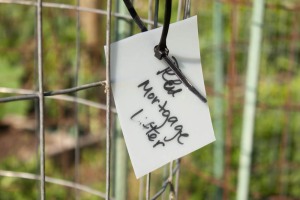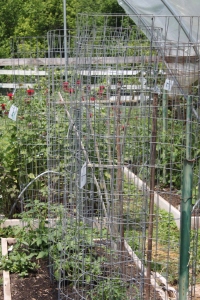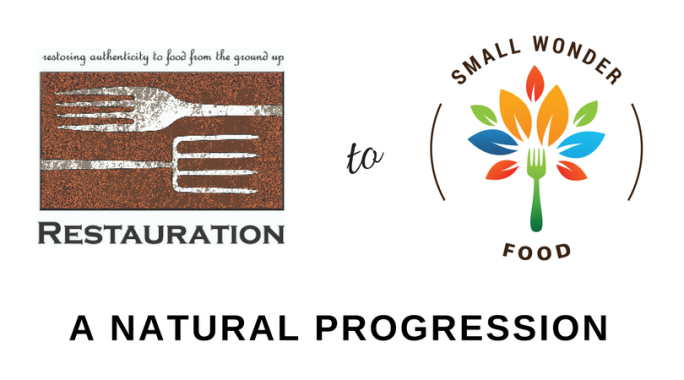
For those reading this who loved and missed my restaurant, Restauration, I want to explain the trajectory that takes me from Restauration to my new business, Small Wonder Food. Many have asked why I am not reopening as a restaurant and I want to explain why. When my husband and I opened Restauration, the guiding vision was my personal life goal of changing the way people eat. Our tagline was “restoring authenticity to food from the ground up” and our hashtag #eatrealfood. At Restauration, my team and I followed my approach to food developed after years of studying it as a farmer, a consumer, a patient, a restaurateur, and a nutrition professional. The principles that make up my approach are as follows:
- Inspiration is seasonal and local. Well-raised local food is healthier, fresher, and more sustainable. We designed dishes seasonally and often to showcase an amazing artisanal product. Examples of this include the lamb sausage we had custom prepared for us by St Adrian’s Meat and Sausage in Lebanon that was so good that we built a burger to showcase it and a spring time appetizer featuring a Tulip Tree Creamery cheese so sublime that we had to give it a dish on the menu.
- Food should be “veggie-forward.” Instead of creating dishes based on restaurant norms and standards, we created dishes around questions like “what is the most amazing way we could prepare swiss chard?” We had amazing proteins, but the produce was always the star.
- Creativity reigns. There is nothing interesting in serving what everyone else serves. Fresh foods, prepared simply, but imaginatively were a big part of our attraction to diners but also the part most satisfying to me and the chefs. Much of this creativity toward food was born out of my need to “think outside the box” in feeding my family with our many food allergy issues for so many years.
- Support local farmers and food artisans. Investing in our local economy was not just the right thing to do and made for sublime food, but it kept us creative and inspired. This is a big part of restoring authenticity to food. We made seasonal menus and jumped on fleeting opportunities to include local foods like paw paws and chicken of the woods mushrooms in specials whenever they arose.
- Serve real food. That seems straightforward but was the most difficult and vital principle. I think it was also the hardest to convey to the casual customer. Here’s an example: As we prepared to open, we needed a ketchup. We looked and found Local Folks ketchup. Not only is it local and fantastic, but it is real food. If you made ketchup at home, it would most likely have the same real food ingredients that Local Folks puts in theirs. No highly processed high fructose corn syrup that would be found in the industry standard– Heinz ketchup. Multiply that decision by 1,000 and then run a restaurant with those standards. No easy feat. No corn syrup, no food dyes, no nitrites, etc. Just real food. The sad thing is that serving real food in a restaurant is revolutionary.
- Food should be transparent and accessible. This meant a detailed menu and lots of educating of staff. It also meant that we as we approached every dish, we asked ourselves if we could make it free of the 10 top allergens that we tracked and make it just as delicious. For example, if we were going to serve lasagna, we prepared it with brown rice lasagna noodles. That means the product is just as good and it is now accessible to our gluten free customers. If a menu item was just as tasty dairy free we either served it that way or constructed it in a manner that the diner could specify no dairy. For every dish on the menu, we told customers what allergens it was free of and if they could modify it to be free of even more.
- Cater to special diets. This means whenever we were creating menus, we made sure to have plenty of choices that were vegetarian, vegan, gluten free, Paleo, low carb–you name it. It was very important to me to create a welcoming, safe restaurant where everyone could eat something delicious regardless of health restriction and eating philosophy. The flexibility and accessibility of our dishes were only possible thanks to our commitment to serve real food. Every single product in the restaurant was checked for common processed ingredients that introduced allergens like corn, soy, gluten, etc.. Of course, this meant that we often made from scratch. Items like mayonnaise, salad dressings, and sundae toppings were handmade by us every time. It also meant they were unique, tasted better, and were real food.
I went back to school (again) to study nutrition formally 6 months before we started the process of opening Restauration. I finished my studies a few months after Restauration was forced to close due to a disaster. All along, my plan was to use Restauration as the location to do group and individual nutrition consulting and to teach culinary health education classes. We even had plans to add an outdoor garden to supplement the restaurant beyond what I was already growing at our farm and to use as a demonstration and teaching urban farm.
After the disaster, we took a step back and regrouped. Owning 2 restaurants was not just insane, but taxing on us as a family to nearly a breaking point. No industry is harder than the restaurant industry and doing it times two left room for little else. I decided to move ahead with my plans to offer nutrition and culinary health education but not reopen as a full-service restaurant. Small Wonder Food may someday have a food service aspect, but not in the immediate future.
So, Restauration and Small Wonder Food have the same goal–to change the way that people eat. They also share my food approach as laid out above. Same goals, different vehicles. Food should be real, creative, local, seasonal, accessible, produce driven, and safe. The fact that food is not easily and readily available like that already, shows how unauthentic, unhealthy, and profit-driven our food culture is. In fact, Small wonder Food is a more efficient delivery model of what I have to offer my community. I get to concentrate on education and not keep restaurant hours and deal with restaurant headaches. Small Wonder Food is a food literacy company that uses nutrition and culinary health education to reconnect people with real, authentic food. Kirsten empowers you to use food and lifestyle habits to improve and regain health. You can deftly navigate our distorted food landscape where convenience reigns at the cost of flavor, health, economics, and individuality. The ability to feed ourselves well and to fuel ourselves to fully enjoy life are skills every person needs but many lack.
I can help you harness these principles to take charge of not only your food but so that you become the most important member of your healthcare team. If you are interested in my first group class, please fill out this form.
Please read on if you are wondering about my own health story and how my approach to food developed. It explains everything you need to know about my passion for this work.
Hello! I am getting ready to schedule my first group class series. This series is the best place to start and is entitled “Eat Like a Nutrivore.” The class series is 6 once-a-week 75-minute sessions. Read on for more information about what the class covers and to fill out a survey signaling your interest and availability.
Small Wonder Food is a food literacy company. Food literacy is the knowledge you need to take control of your health. Group classes are the best way to get a firm foundation in food literacy. I am happy to start working with someone one-on-one, but highly recommend starting with a group class so that you understand the fundamentals and get the “big picture” that will allow you to see the possibilities and where you may need one-on-one help. For many, the group class will give you the tools you need to proceed on your own. For others, you can continue by meeting one-on-one so we can customize help to meet your specific needs.
I also recommend starting with this series if you want to continue on to the group series “Diet and Lifestyle Intervention for Autoimmune Disease” which will be offered following the “Nutrivore” series.
About the class:
A nutrivore eats to nourish their body. It’s about promoting well-being (not pant size) with nutrient dense foods. This 6-week series will cover everything from the basics of macro and micro nutrients to figuring out how to maneuver the slick marketing and contradictory nutrition advice that we encounter on a daily basis. This course will empower you to make confident choices about how to fuel your body and eat delicious food. Classes will include lecture, time for discussion, and always include a tasting element and a recipe. The series cost is $300. This is a savings of over $260 compared to individual counseling.
Here are some examples of questions you may have that will be covered in the course:
Why is the fat ratio of grass-fed/pastured protein a game changer in terms of health?
Why were the vegetables your grandparents ate when they were kids more nutritious than those you are eating now? What can we do about it?
Is low-carb the answer? Is low fat? What about veganism or the Paleo Diet?
What do the bacteria in our gut have to do with our brain?
How are diet and lifestyle being used to reduce autoimmune disease symptoms, fatigue, pain, inflammation, etc?
What’s a leaky gut and do I have one?
What do I need to do to detoxify my life?
How do I prioritize my spending so I can eat clean and not break the bank?
Please fill out this online survey to signal your interest in the class and when you would be available:
https://goo.gl/forms/Fx7V3KpVORyyH2ng1

